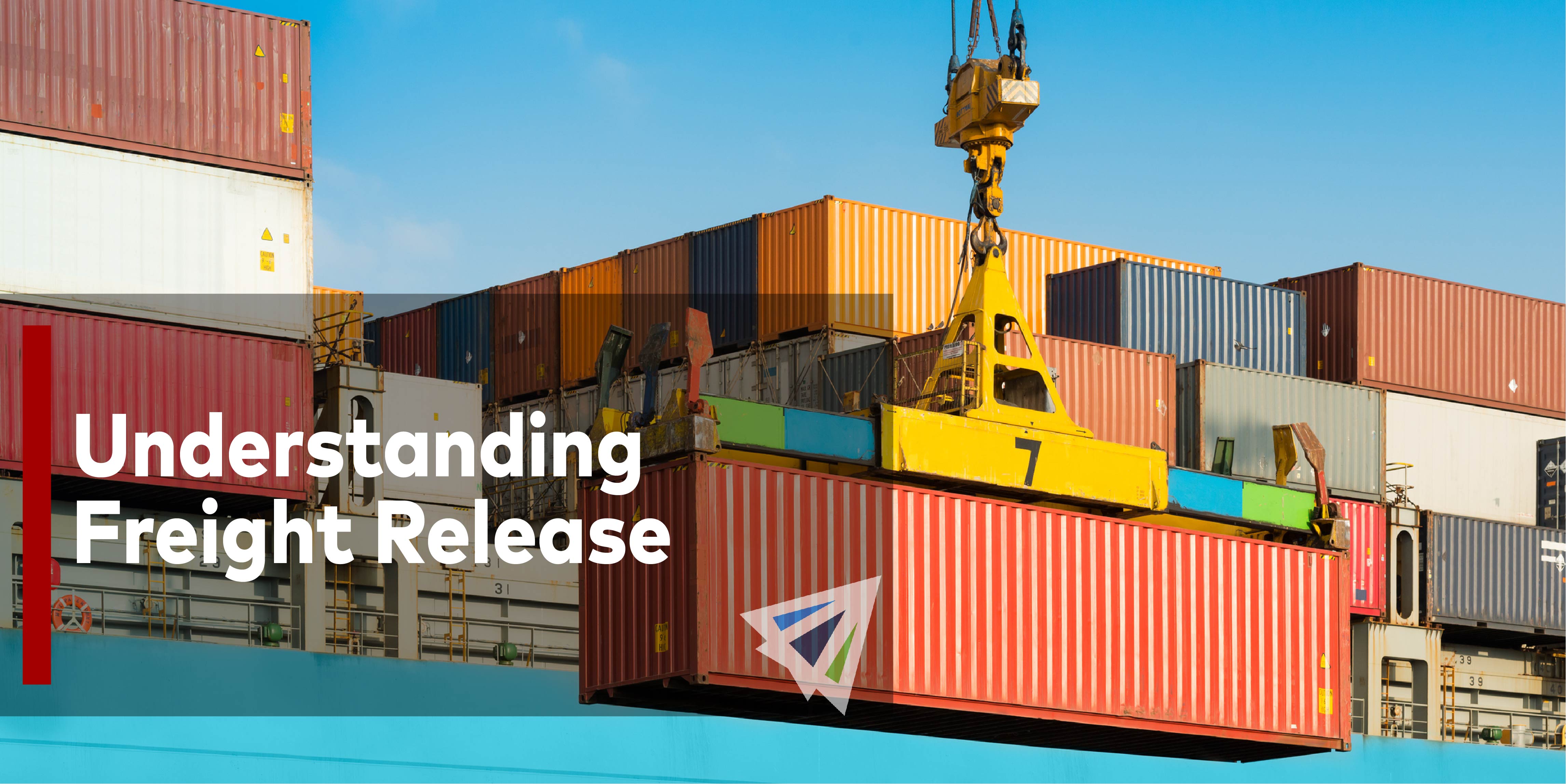You’d think that cargo ownership is a simple topic – either the shipper owns the cargo or the seller owns the cargo, and there’s a universal clear point at which that switches… Well, it’s actually not that simple. There are myriad factors that play into determining when cargo transfers ownership from one party to another, like incoterms.
But at the end of the day, the BOl, or Bill Of Lading serves as the ultimate authority in determining who holds ownership of the goods. Freight Release is simply a method of handling a Bill Of Lading for cargo ownership purposes. Here’s a little bit more about what Freight Release really is, why it’s important, and what your options are:
What is Freight Release?
You can’t release your cargo if you haven’t first paid for all necessary charges. In other words, when your goods arrive at the port, they won’t be cleared until they are “approved”. One way through which cargo is “approved” to be released is through Freight Release.
Freight Release is essentially an endorsement on a Bill Of Lading that states all charges associated with the shipment have been paid, and the goods are fine to be cleared. Occasionally, the Freight Release will not be listed on the Bill Of Lading itself, in which case it will be sent as a separate document – however, the purpose and function remain the same regardless of how it is received.
Importance of Freight Release
The Freight Release endorsement is incredibly important for a variety of reasons. Firstly (and most obviously), without a freight release endorsement on your Bill Of Lading (or as a separate document), your goods will not be released upon arrival at the port. Which leads to the second point…
The longer your goods sit at the port, the higher chance you have of exceeding your allotted “free days” and incurring demurrage charges. These costs usually average around $100-$150 per day, but can in some instances exceed $300 per day depending on the season and port location.
You can easily avoid all the above hassle by making sure your freight charges are all paid for. Since the Freight Release endorsement is issued by the steamship line, as long as you have all your freight charges paid, you should be in good order.
Alternatives to Freight Release
We’ve written about it in a popular past article, but Telex Release is the other alternative to Freight Release.
Freight Release is a literal document or endorsement on an original Bill Of Lading which is a physical document. However, if the original Bill Of Lading is not sent with the cargo itself, Telex Release may be used as a substitute to Freight Release.
Telex Release could occur due to a surrender of the Bill Of Lading – if you need to surrender the original at a port other than the discharge port, you would obviously be without it when freight release is being issued. Telex Release may also be necessary if the original BOL is issued to you while the ship carrying your cargo is already on its way to the discharge port. Since the cargo may arrive before the BOL, you may end up opting for Telex Release rather than Freight Release to get your cargo out as quick as possible.
Our experienced team at Interlog USA would be happy to help answer any questions. Feel free to reach out to us!
